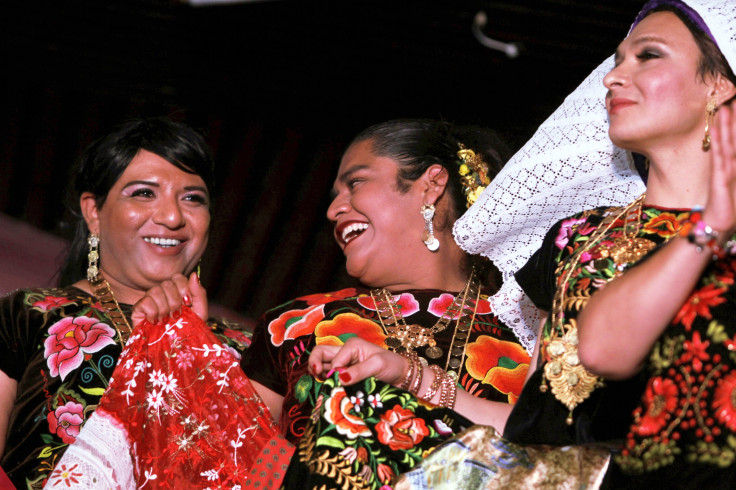
Last year, a controversial story involving French designer Isabel Marant trying to copyright huipil shirts after having “created her own version” of them, got somewhat out of hand. People began protesting on social media, calling Marant out for plagiarism, and then adding to the mixup, French brand, Antik Batik, ended up suing Marant for the pattern, claiming copyright of the textile design. Luckily, the whole thing came to an end when a French court ruled that neither of the designers could copyright traditional huipil shirts of Oaxaca’s Mixe community.
Thanks to the attention this brought, the congress of Oaxaca has legislated the matter and named the traditional dress, designs and language of the Mixe and other indigenous communities as cultural heritage. This will entail generating the pertinent mechanisms to maintain and protect all of the above-mentioned elements. Currently UNESCO doesn’t only protect monuments or buildings, but it considers anything from dialects or festive events to craftsmanship techniques or traditions, as things to be kept as heritage.
© 2024 Latin Times. All rights reserved. Do not reproduce without permission.
